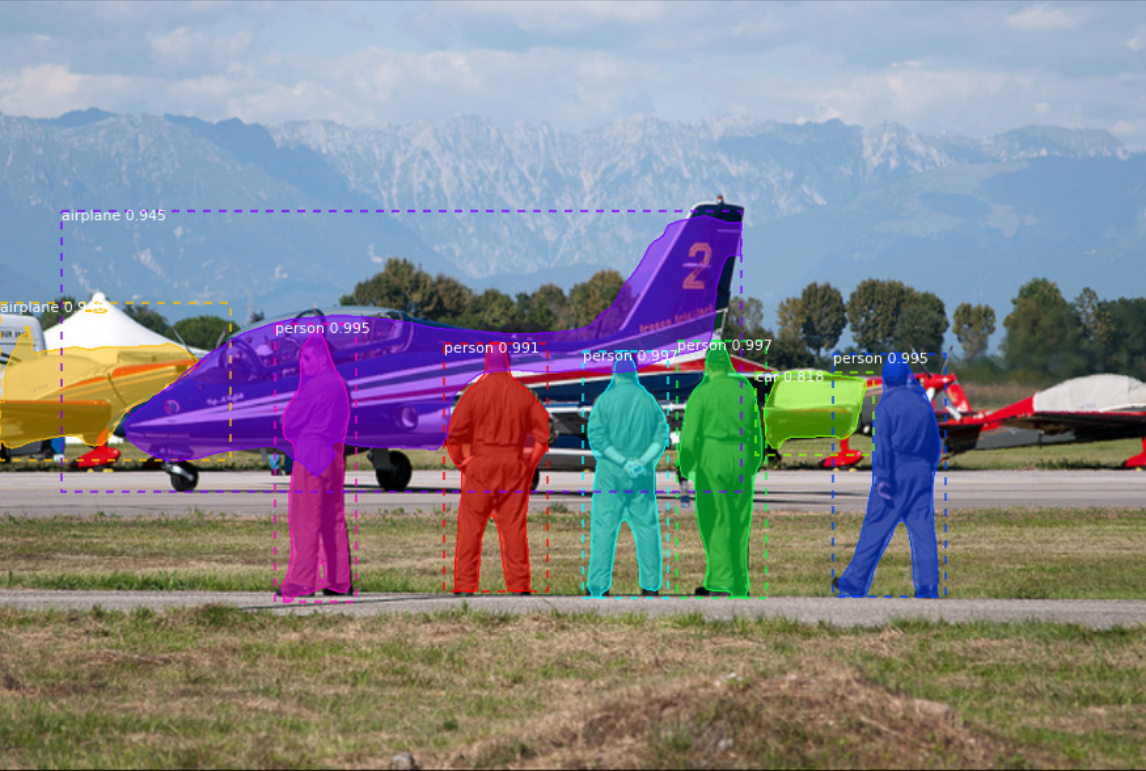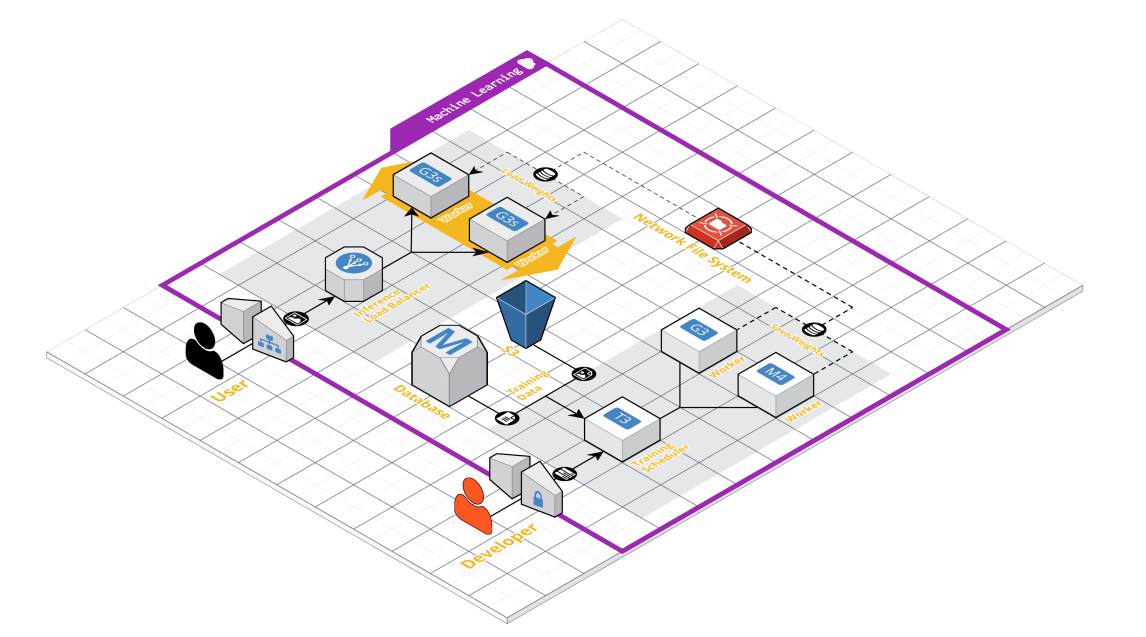Image Classification
Image classification is a machine learning technique that can classify an image into one of many possible labels. Matrix AI has worked on image classification involving hundreds of thousands of photos for the purposes of fraud detection.
Use cases: Photographic Evidence Analysis, Inventory Tracking, Facial Recognition, Information Retrieval.

Object Detection
Object Detection builds on top of Image Classification to automate the detection of specified objects across video streams or large tiles of image data. Matrix AI has worked with object detection on aerial imagery to count objects.
Use cases: Counting objects (people, products, vehicles, ships, houses), Geographic Information Systems, Aerial and Satellite Imagery Analysis, Security Footage, Inventory Tracking, Document Analysis.

Image Segmentation
Segmentation takes images and segments them into specific classified areas. Areas size can be used for metrics such as surface area, or volumetric estimation. Matrix AI has worked with with image segmentation to identify areas of gold in mining photography for mining companies.
Use cases: Mining, Robotic Navigation, Remote Sensing, Coverage Analysis, Medical Analysis.

Big Data Infrastructure
Matrix AI doesn't just build the machine learning models, we also build the underlying big data cloud infrastructure!
We use Docker to encapsulate software components called microservices. These microservices are composed together into a data processing pipeline which feeds data from production systems to our machine learning training and inference architecture. This data processing pipeline gets orchestrated via distributed cluster computing systems like Dask and Kubernetes. Tensorflow is used to train our neural network models. The entire architecture is then deployed onto cloud platforms like AWS.
